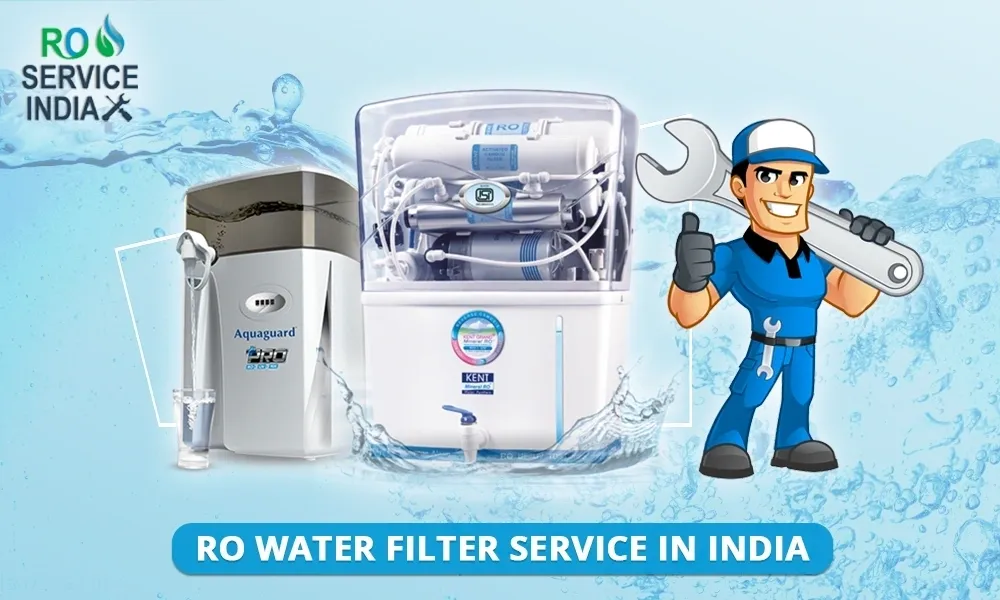Water purifier service is an essential aspect of maintaining a clean and safe drinking water supply. Over time, the filters and membranes in water purifiers can become clogged with impurities, reducing their effectiveness in removing contaminants from the water. Regular servicing and maintenance of your water purifier can ensure that it continues to provide clean and safe drinking water.
Here are some important things to know about water purifier service:
1. When to service your water purifier
It is important to service your water purifier regularly to ensure that it is working effectively. The frequency of servicing depends on the type of purifier and the quality of the water in your area. As a general guideline, it is recommended to service your water purifier every six months to one year.
2. What happens during a water purifier service
During a water purifier service, a technician will typically inspect the filters and membranes to see if they need to be replaced or cleaned. They may also check the water pressure, flow rate, and electrical connections to ensure that everything is working properly.
3. DIY servicing
While it is recommended to have a professional technician service your water purifier, there are some basic maintenance tasks that you can perform yourself, such as cleaning the outer body of the purifier, checking the water tank for leaks, and monitoring the taste and odor of the water.
4. Importance of using genuine parts
When servicing your water purifier, it is important to use genuine parts that are compatible with your purifier. Using non-genuine parts can affect the effectiveness of the purifier and may cause damage or malfunctions.
5. Benefits of regular servicing
Regular servicing of your water purifier can provide a range of benefits, including:
– Ensuring that the purifier is working effectively to remove contaminants from the water
– Reducing the risk of waterborne diseases and illnesses
– Prolonging the lifespan of the purifier
– Saving money on repair and replacement costs in the long run
In conclusion, regular servicing and maintenance of your water purifier is important to ensure that it continues to provide clean and safe drinking water. It is recommended to have a professional technician service your purifier every six months to one year, and to use genuine parts to ensure that it works effectively.



